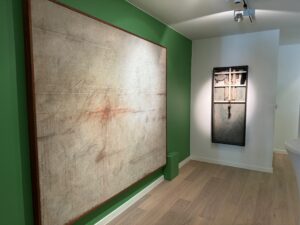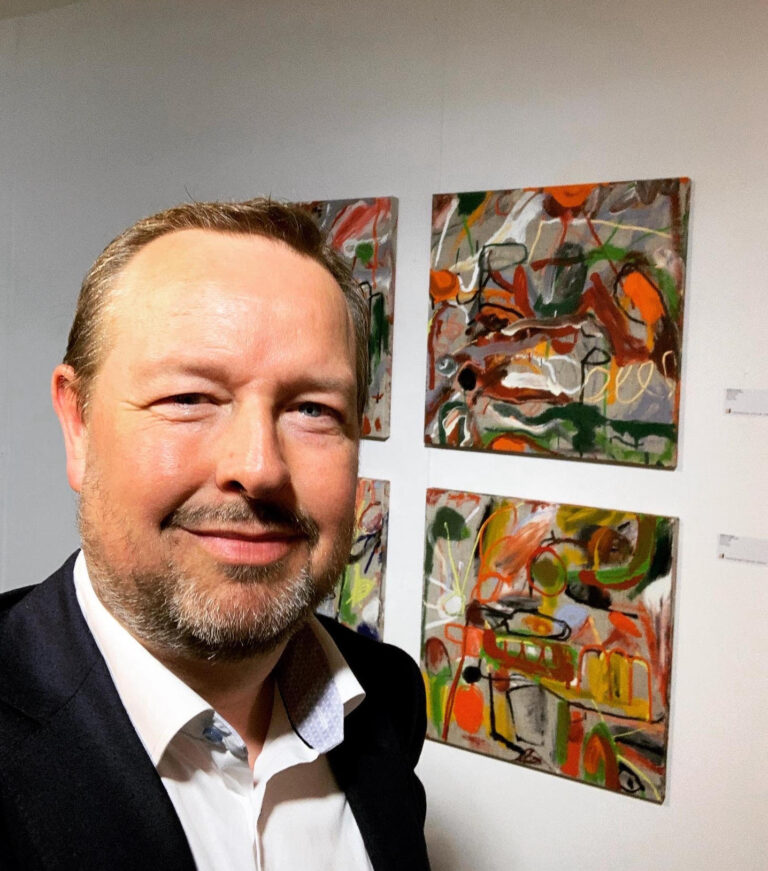De Zutter art gallery
De Zutter Art Gallery in Knokke-Heist, founded by Michael De Zutter as the MDZ ART GALLERY in 2003, has built a solid reputation over the years in the world of visual arts with presenting art spanning from 1945 to the present, featuring exhibitions of Post-War, CoBrA, and ZERO artists, contemporary masters, and emerging talent.
EXHIBITION
Karl Fred Dahmen Retrospective
 on saturday 30th of march we are opening a retrospective exhibition of the German Post war artist Karl Fred DAHMEN.
on saturday 30th of march we are opening a retrospective exhibition of the German Post war artist Karl Fred DAHMEN.
This renowed artist has been out of the spotlight for a very long time, but many collectors will rediscover this important artist and his fantastic oeuvre
Come and visit the expo

Michael
De Zutter
My mother introduced “art” in general in our family, but it was my father’s passion for modern and contemporary art that inspired me, Michael DE ZUTTER, to do what I do today. Nobody who knew me was surprised that when I got my law degree, I didn’t go into Law but into Art, and so making my job of my longtime passion.